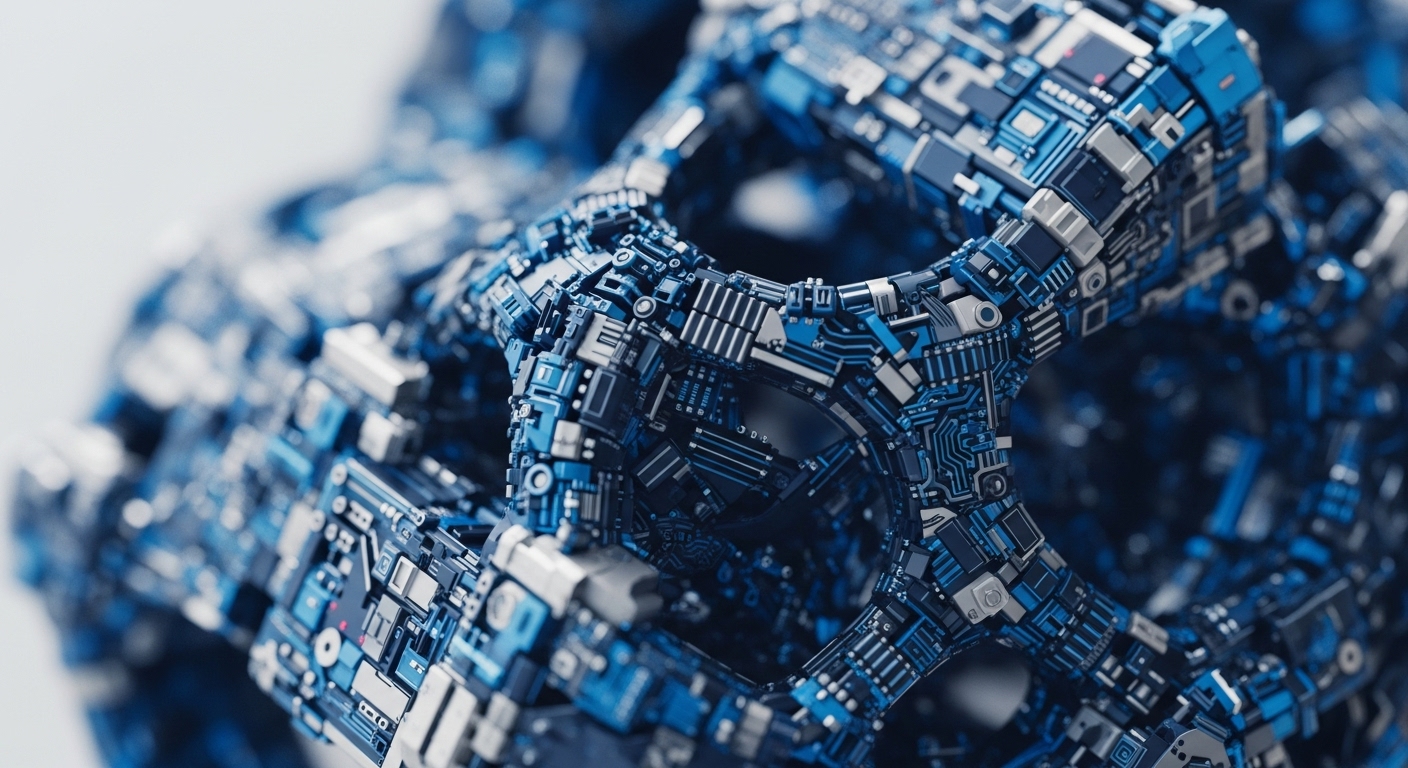
Briefing
Decentralized Autonomous Organizations (DAOs) face a critical imperative to formalize their legal identity by aligning their community-facing brand with a registered legal entity, a strategic step that unlocks essential operational benefits and provides crucial liability protection for members. This necessitates compliance with specific jurisdictional naming rules and the selection of an appropriate legal structure, such as a foreign foundation or a U.S.-based LLC, thereby enabling access to traditional financial systems and mitigating personal legal exposure. The primary consequence for the industry’s legal framework is a clearer pathway for DAOs to integrate with conventional finance, with the key detail being the requirement for a legally registered name to facilitate contracts, banking, and tax compliance.

Context
Prior to this emphasis on formal legal identity, the digital asset landscape presented significant legal ambiguity for DAOs, which often operated purely “on-chain” without governmental recognition. This created a prevailing compliance challenge where DAOs, despite their decentralized governance via smart contracts and token-based voting, lacked the legal personality necessary for traditional business operations. The absence of a formal legal name left participants vulnerable to unlimited personal liability and hindered engagement with established financial institutions, creating a dichotomy between decentralized ideals and practical legal necessities.

Analysis
The imperative for DAOs to adopt a formal legal name fundamentally alters their operational requirements and compliance frameworks. This action mandates a strategic shift from purely symbolic community branding to a two-tier naming strategy, where a distinct legal entity name satisfies jurisdictional registration rules while preserving brand identity. Such formalization directly impacts a DAO’s ability to engage in contracts and partnerships, as counterparties prefer transacting with recognized entities.
It also enables access to banking and financial services, which demand legal names for account opening and compliance checks. Crucially, legal registration provides liability protection for members, shielding them from personal exposure in disputes, a critical update for risk management.

Parameters
- Regulatory Action → Formalization of DAO Legal Identity
- Jurisdiction → Global (with examples from Switzerland, Cayman Islands, Liechtenstein, U.S. states)
- Targeted Entities → Decentralized Autonomous Organizations (DAOs)
- Core Legal Principle → Legal Personality and Liability Mitigation
- Key Requirement → Compliance with Jurisdictional Naming Rules for Entity Registration

Outlook
The forward-looking perspective indicates a continued maturation of the DAO ecosystem, driven by the strategic necessity for legal recognition. This trend will likely lead to increased adoption of established legal structures, fostering greater institutional participation and reducing regulatory friction. The next phase will involve DAOs meticulously defining their legal structure → whether as foundations, LLCs, or cooperative associations → before formalizing their names, ensuring alignment between decentralized operations and traditional legal frameworks. This action sets a precedent for how decentralized entities can achieve legitimacy and sustainability within the broader financial system.

Verdict
The strategic adoption of formal legal identities is a pivotal step for Decentralized Autonomous Organizations, transforming them from nascent on-chain collectives into credible, legally recognized entities capable of navigating the complex interplay between decentralized innovation and established financial regulation.
